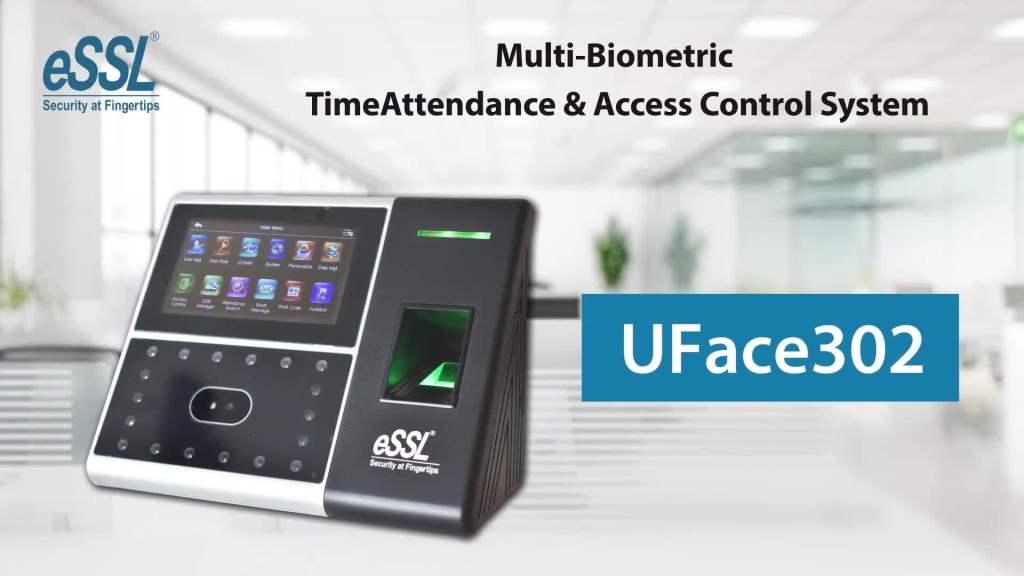Biometric Attendance Machine Access Control : Ensuring Security and Efficiency in 2024+
Biometric attendance machine access control systems have become a cornerstone of modern security and workforce management in various organizations. These systems offer a seamless and efficient way to monitor and manage employee attendance, while also providing robust security measures. In this article, we will delve into the concept of biometric attendance machine access control and explore its significance in today’s workplace.

What is a Biometric Attendance Machine Access Control System?
A biometric attendance machine access control system is a technological solution that combines biometric authentication methods with access control mechanisms. It is designed to verify the identity of individuals and grant or restrict access to specific areas based on their biometric data, such as fingerprints, facial features, or iris scans.
Key Components of a Biometric Attendance Machine Access Control System
Biometric Sensors: These sensors capture and record an individual’s unique biometric data, which serves as the basis for authentication.

Access Control Software: The software manages the authentication process, granting or denying access based on the biometric data match.
Access Points: These are physical locations, such as doors, turnstiles, or gates, where access is controlled.
The Importance of Biometric Attendance Machine Access Control
Enhanced Security: Biometric authentication is highly secure because it is based on an individual’s unique physiological or behavioral characteristics. This makes it extremely difficult for unauthorized individuals to gain access.
Accurate Attendance Tracking: These systems offer precise attendance records, reducing the chances of time theft and buddy punching, common issues in traditional attendance systems.
Ease of Use: Biometric systems are user-friendly, as employees can easily verify their identity without the need for cards, PINs, or keys.

Real-time Monitoring: Employers can monitor access and attendance in real-time, enabling quick responses to security breaches or attendance issues.
Customization: Access control systems can be customized to suit the specific needs of an organization, including defining access levels and restrictions.
Common Biometric Modalities
Fingerprint Recognition: The most common biometric modality, it relies on unique patterns in an individual’s fingerprints.
Facial Recognition: This modality identifies individuals by analyzing the unique features of their faces.
Iris or Retina Scanning: Iris and retina scans are highly accurate and non-intrusive methods of biometric authentication.
Palm Vein Recognition: This technology identifies individuals by analyzing the vein patterns in their palms.

Implementation and Integration
Biometric attendance machine access control systems can be seamlessly integrated with other security measures, such as CCTV cameras, alarms, and time and attendance software. This integration provides a comprehensive security solution for businesses.
Frequently Asked Questions (FAQs):
What is biometric attendance machine access control?
Biometric attendance machine access control is a system that uses unique physical or behavioral characteristics, such as fingerprints, facial features, or iris scans, to verify the identity of individuals and control access to specific areas or resources.
Why is biometric access control more secure than traditional methods?
Biometric access control is more secure because it relies on an individual’s unique biometric data, making it difficult for unauthorized individuals to gain access through methods like stolen cards or PINs.
What are the advantages of using biometric attendance systems for tracking employee attendance?
Biometric attendance systems offer accurate and reliable attendance tracking, reducing time theft and buddy punching. They are also user-friendly and provide real-time monitoring capabilities.
Which biometric modalities are commonly used in these systems?
Common biometric modalities used in biometric attendance systems include fingerprint recognition, facial recognition, iris or retina scanning, and palm vein recognition.
Can biometric attendance machine access control systems be customized for specific organizational needs?
Yes, these systems can be customized to suit the specific requirements of an organization, including defining access levels, restrictions, and integration with other security measures.
How does integration with other security measures enhance the effectiveness of biometric access control systems?
Integration with other security measures, such as CCTV cameras and alarms, provides a comprehensive security solution. It allows for a coordinated response to security breaches and ensures a higher level of protection.
Are biometric attendance systems suitable for businesses of all sizes?
Biometric attendance systems can be tailored to the needs of businesses of various sizes, making them suitable for small, medium, and large organizations.
What should organizations consider when implementing biometric attendance machine access control?
When implementing biometric systems, organizations should consider factors like the type of biometric modality, the specific access control needs, and the level of security required.
How does a biometric attendance system help prevent unauthorized access and security breaches?
Biometric attendance systems prevent unauthorized access by requiring individuals to provide their unique biometric data for verification. This significantly reduces the risk of security breaches.
What steps should an organization take to ensure the privacy and data security of biometric information collected through these systems?
To ensure privacy and data security, organizations should implement strong data protection measures, comply with data privacy regulations, and use encrypted storage for biometric data.
Conclusion
Biometric attendance machine access control systems offer a powerful combination of security and efficiency. They are invaluable tools for businesses seeking to maintain a secure environment while effectively managing employee attendance. By adopting these systems, organizations can streamline their operations, enhance security, and ensure the integrity of their workforce data.

